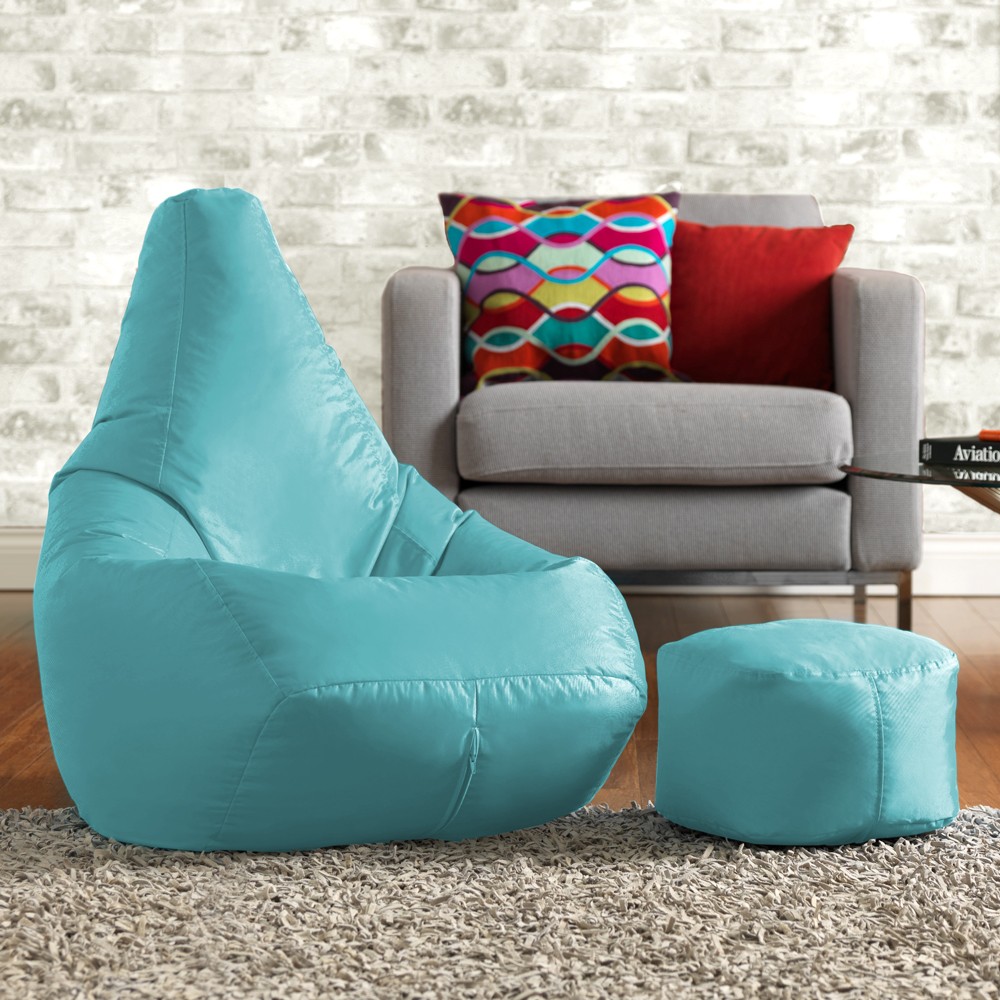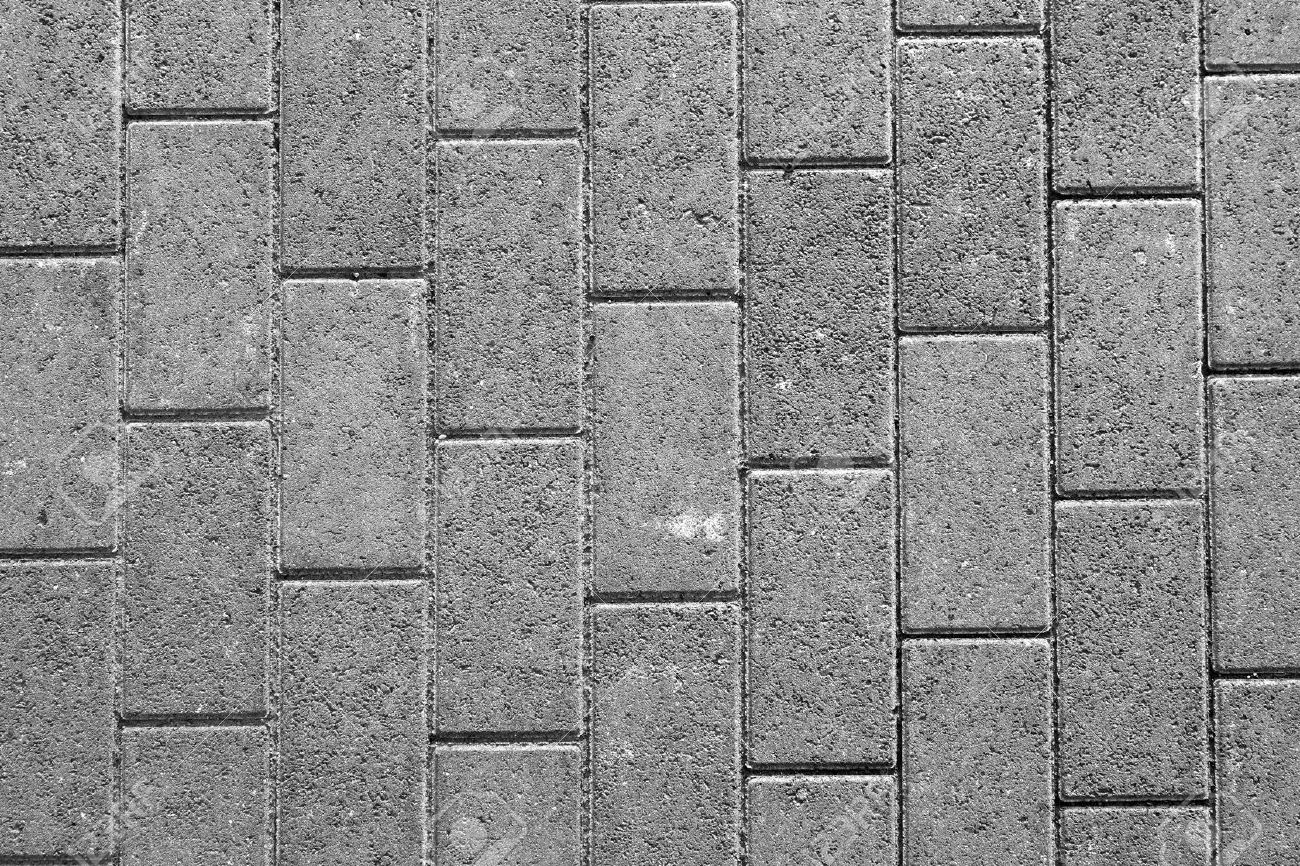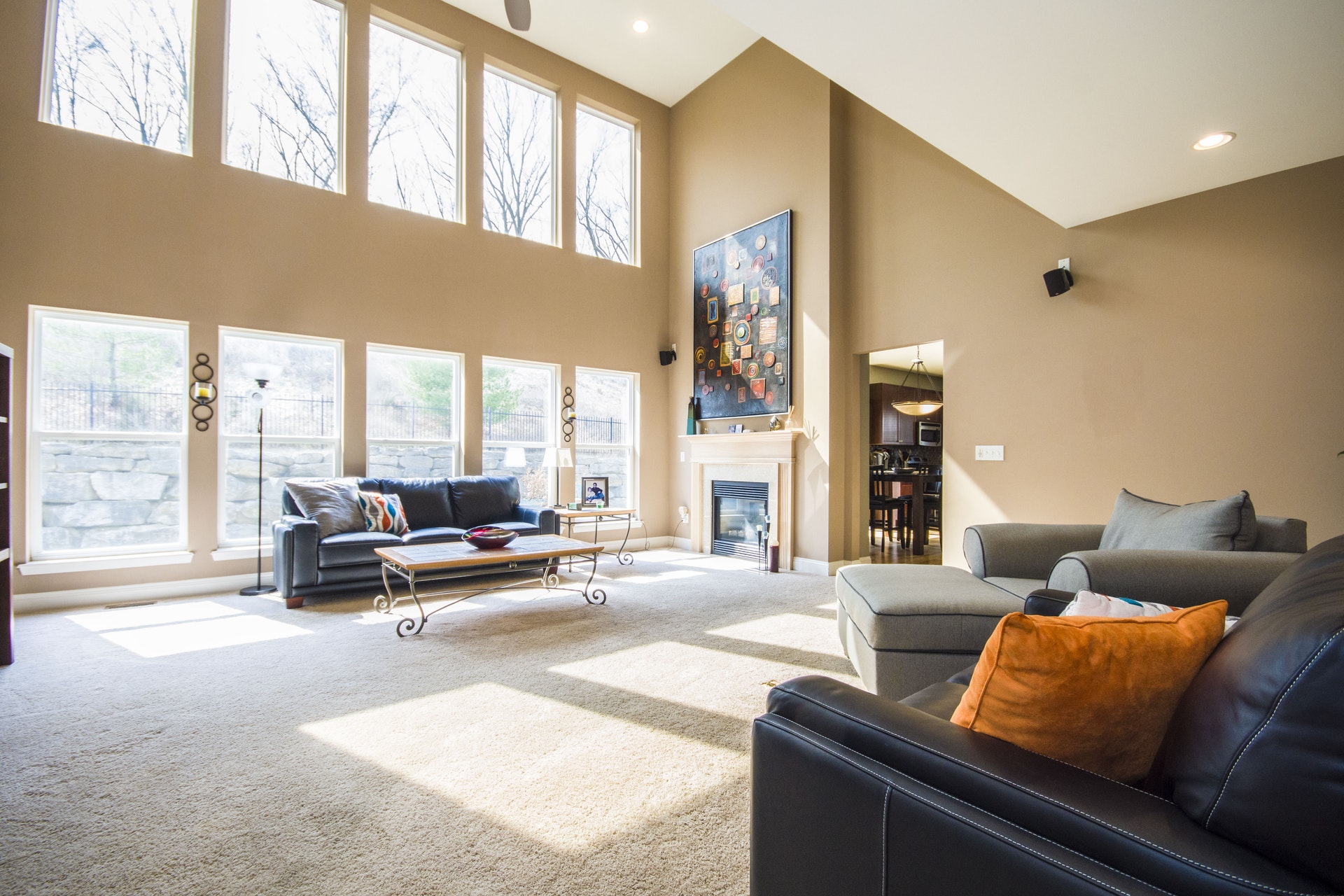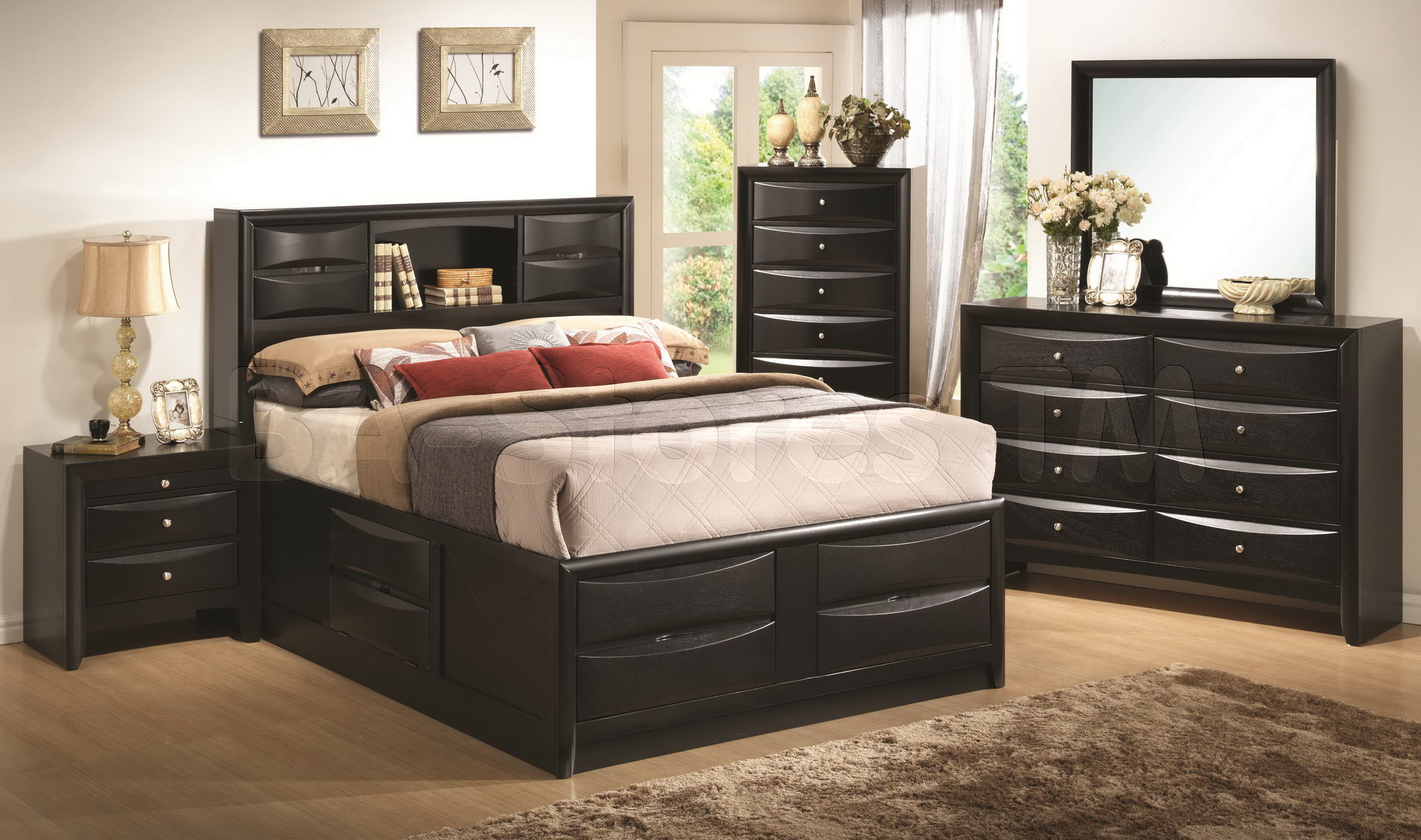In this day and age, there really is something to make everyone’s life a little bit easier, and the beanbag supported lap tray is one of those things. You may never have heard of a lap tray or you may be confused as to what it is for, but it does exactly what it says – it’s a tray that you put on your lap!
You can use it to put your food or drinks on and sit comfortably in front of the TV or in bed, or you can do puzzles or drawings on it. Essentially, it’s a tray that slots over your lap to make life easier.
A savvy inventor
The beanbag-supported lap tray has taken the idea of a simple tray and enhanced it. The inventor behind this clever idea is Julian Levin, and this isn’t the first of his inventions, or his first patent. Levin has created this tray to be a lot more comfortable, and it’s ideal for the elderly, ill or infirm, as well as healthy, able-bodied folk.
Levin’s trays are designed to be far more comfortable and to add extra stability to the tray structure. He’s registered his patent without any problems, and is hoping for a hassle free, simple process that will see him recognised as the rightful inventor of this item.
The specifics
Levin’s invention is one of many on the market and these days, you can get trays that are completely customisable too. From choosing between different colours to selecting different images, you can even have cat lap trays like those at https://personalisedlaptrays.co.uk/collections/animal-lap-trays-cats, that are emblazoned with your favourite images of felines.
What makes Levin’s trays stand apart from all others is their beanbag support system. On the underside of the tray are detachable beanbag like cushions that mould around the users thighs, creating a stable surface for the tray to rest on. This means there are no annoying legs on the tray that get in the way, and there is far greater control over how the tray is moved around. This makes it far more accessible for anyone with mobility issues, as the tray can be adjusted with ease.
Levin’s invention has been designed to be flexible in its manufacturing and the patent even suggests that it could easily be created by those working in cottage industries.






